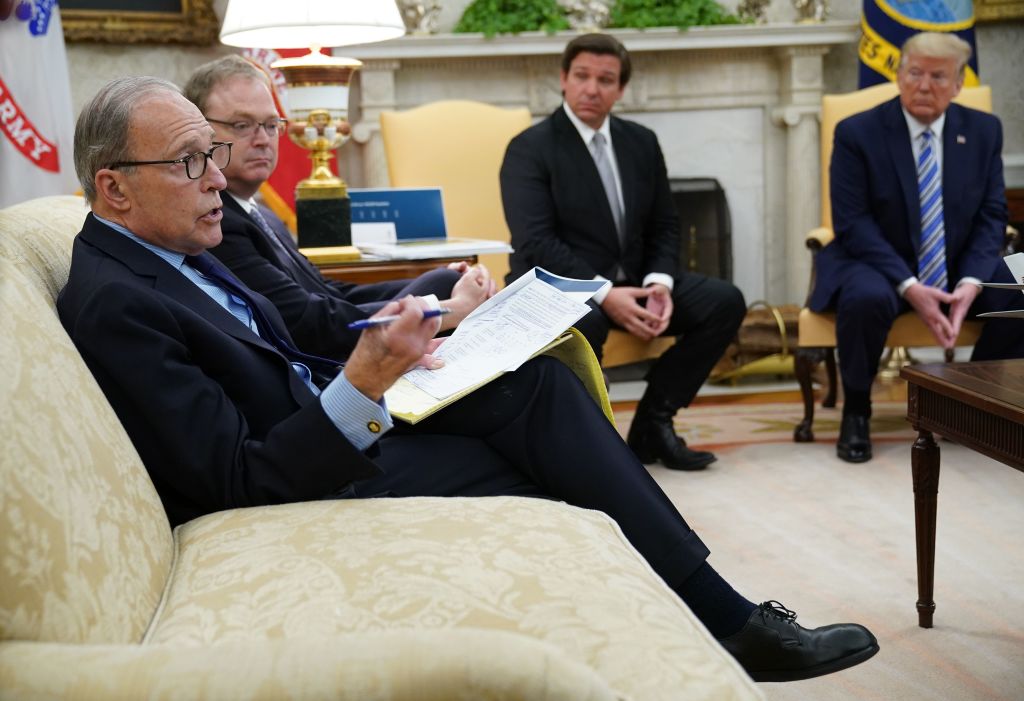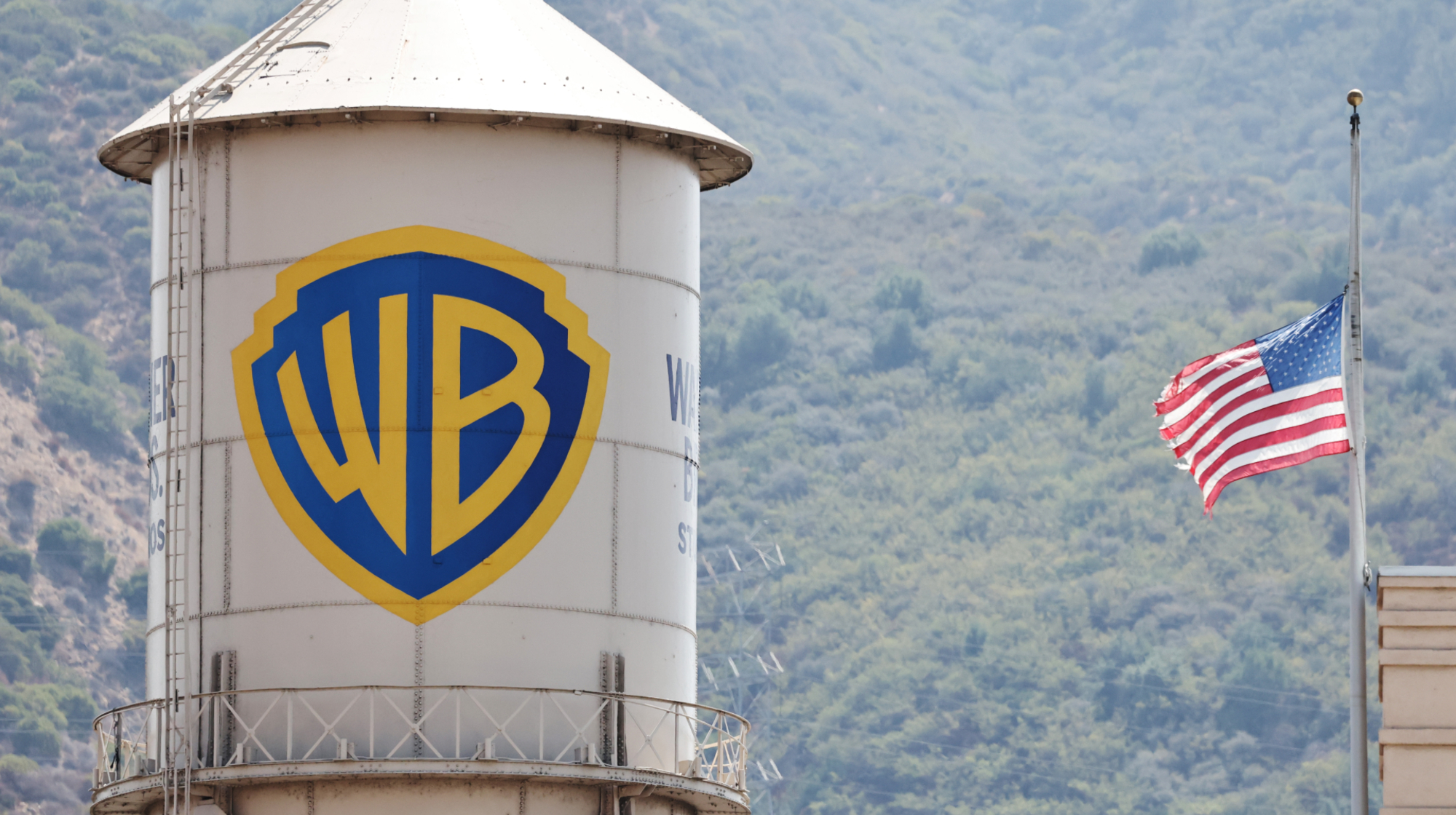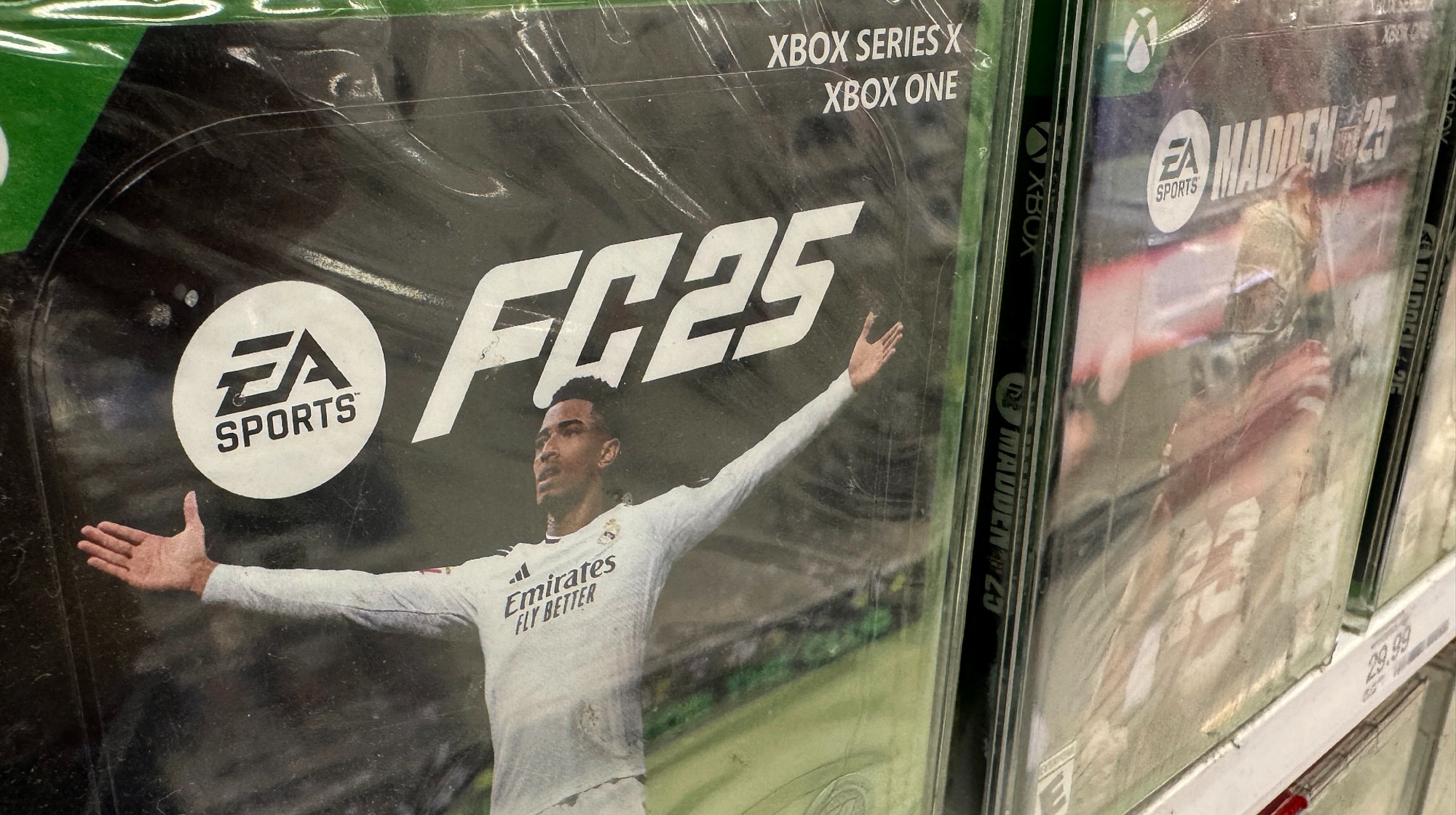Trump's rosy COVID-19 predictions were reportedly fed by faulty White House economic modeling


President Trump said at a Fox News town hall on Sunday night that 80,000 to 90,000 Americans might die from COVID-19, an increase from his longtime ceiling of 60,000 deaths and his more optimistic early predictions. By Sunday night, the U.S. had reported 67,682 COVID-19 deaths, according to a tally by Johns Hopkins University. Trump, who has publicly vacillated between focusing on the cost in lives and cost in dollars, also said "we have to reopen our country," and do it "safely but as quickly as possible."
Earlier Sunday, Dr. Deborah Birx, White House coronavirus response coordinator, told Fox News Sunday's Chris Wallace, "Our projections have always been between 100,000 and 240,000 American lives lost, and that's with full mitigation" and social-distancing. When those projections were unveiled in late March, "Trump was apprehensive about so much carnage on his watch, yet also impatient to reopen the economy — and he wanted data to justify doing so," The Washington Post reports, citing interviews 82 officials, outside advisers, and experts.
So "a small team led by Kevin Hassett — a former chairman of Trump's Council of Economic Advisers with no background in infectious diseases — quietly built an econometric model to guide response operations," the Post reports. This model was widely interpreted inside the White House as predicting a lower death count, and "it was embraced inside the West Wing by the president's son-in-law, Jared Kushner, and other powerful aides helping to oversee the government's pandemic response." The Post continues:
The Week
Escape your echo chamber. Get the facts behind the news, plus analysis from multiple perspectives.

Sign up for The Week's Free Newsletters
From our morning news briefing to a weekly Good News Newsletter, get the best of The Week delivered directly to your inbox.
From our morning news briefing to a weekly Good News Newsletter, get the best of The Week delivered directly to your inbox.
It affirmed their own skepticism about the severity of the virus and bolstered their case to shift the focus to the economy, which they firmly believed would determine whether Trump wins a second term. For Trump — whose decision-making has been guided largely by his re-election prospects — the analysis, coupled with Hassett's grim predictions of economic calamity, provided justification to pivot to where he preferred to be: cheering an economic revival rather than managing a catastrophic health crisis. [The Washington Post]
"By the end of April — with more Americans dying in the month than in all of the Vietnam War — it became clear that the Hassett model was too good to be true," the Post reports. "The president's course would not be changed, however. Trump and Kushner began to declare a great victory against the virus, while urging America to start reopening businesses and schools." Read more at The Washington Post.
A free daily email with the biggest news stories of the day – and the best features from TheWeek.com
Peter has worked as a news and culture writer and editor at The Week since the site's launch in 2008. He covers politics, world affairs, religion and cultural currents. His journalism career began as a copy editor at a financial newswire and has included editorial positions at The New York Times Magazine, Facts on File, and Oregon State University.
-
 The Week’s big New Year’s Day quiz 2026
The Week’s big New Year’s Day quiz 2026Quiz of the Year How much do you remember about 2025’s headlines? Put yourself to the test with our bumper quiz of the year
-
 Is tanking ruining sports?
Is tanking ruining sports?Today's Big Question The NBA and the NFL want teams to compete to win. What happens if they decide not to?
-
 ‘Netflix needs to not just swallow HBO but also emulate it’
‘Netflix needs to not just swallow HBO but also emulate it’instant opinion Opinion, comment and editorials of the day
-
 TikTok secures deal to remain in US
TikTok secures deal to remain in USSpeed Read ByteDance will form a US version of the popular video-sharing platform
-
 Unemployment rate ticks up amid fall job losses
Unemployment rate ticks up amid fall job lossesSpeed Read Data released by the Commerce Department indicates ‘one of the weakest American labor markets in years’
-
 US mints final penny after 232-year run
US mints final penny after 232-year runSpeed Read Production of the one-cent coin has ended
-
 Warner Bros. explores sale amid Paramount bids
Warner Bros. explores sale amid Paramount bidsSpeed Read The media giant, home to HBO and DC Studios, has received interest from multiple buying parties
-
 Gold tops $4K per ounce, signaling financial unease
Gold tops $4K per ounce, signaling financial uneaseSpeed Read Investors are worried about President Donald Trump’s trade war
-
 Electronic Arts to go private in record $55B deal
Electronic Arts to go private in record $55B dealspeed read The video game giant is behind ‘The Sims’ and ‘Madden NFL’
-
 New York court tosses Trump's $500M fraud fine
New York court tosses Trump's $500M fraud fineSpeed Read A divided appeals court threw out a hefty penalty against President Trump for fraudulently inflating his wealth
-
 Trump said to seek government stake in Intel
Trump said to seek government stake in IntelSpeed Read The president and Intel CEO Lip-Bu Tan reportedly discussed the proposal at a recent meeting
